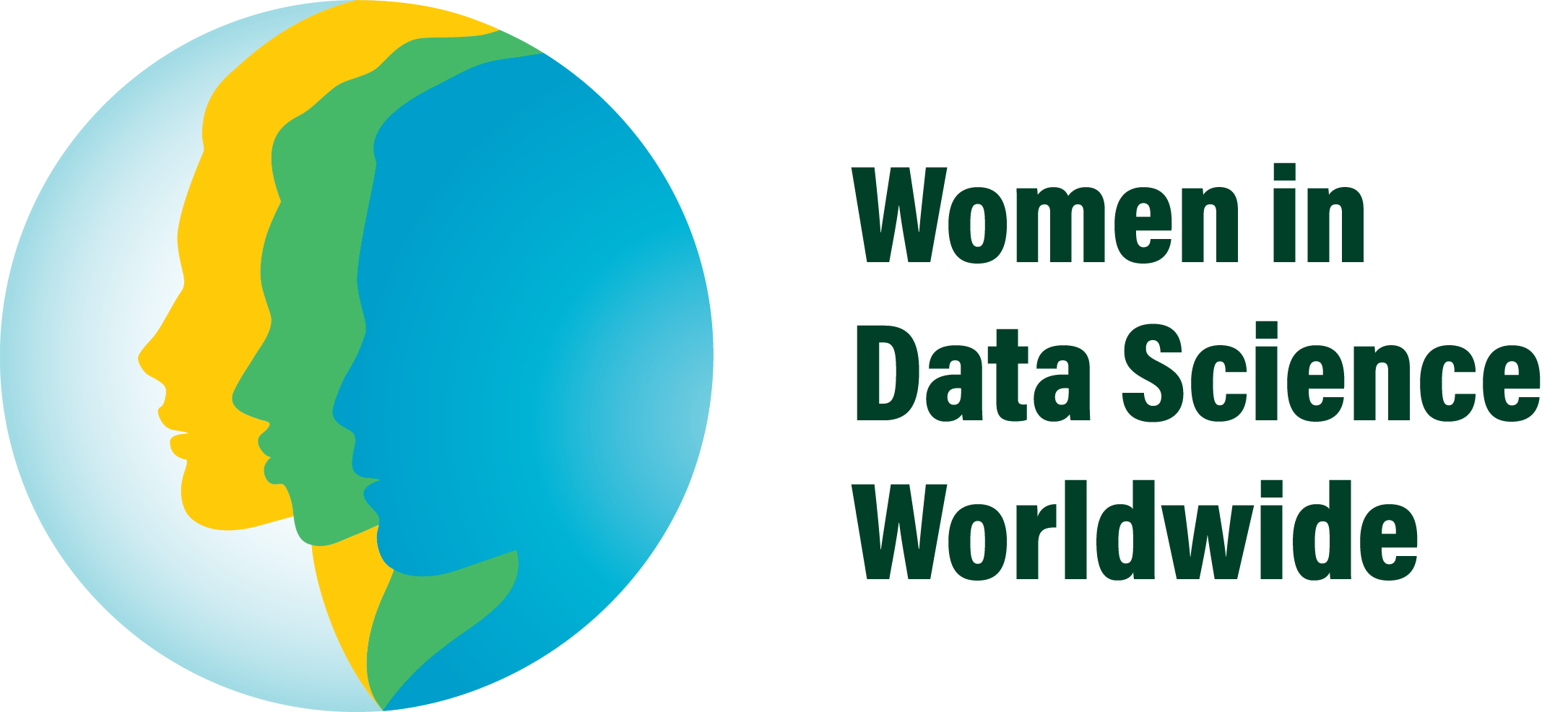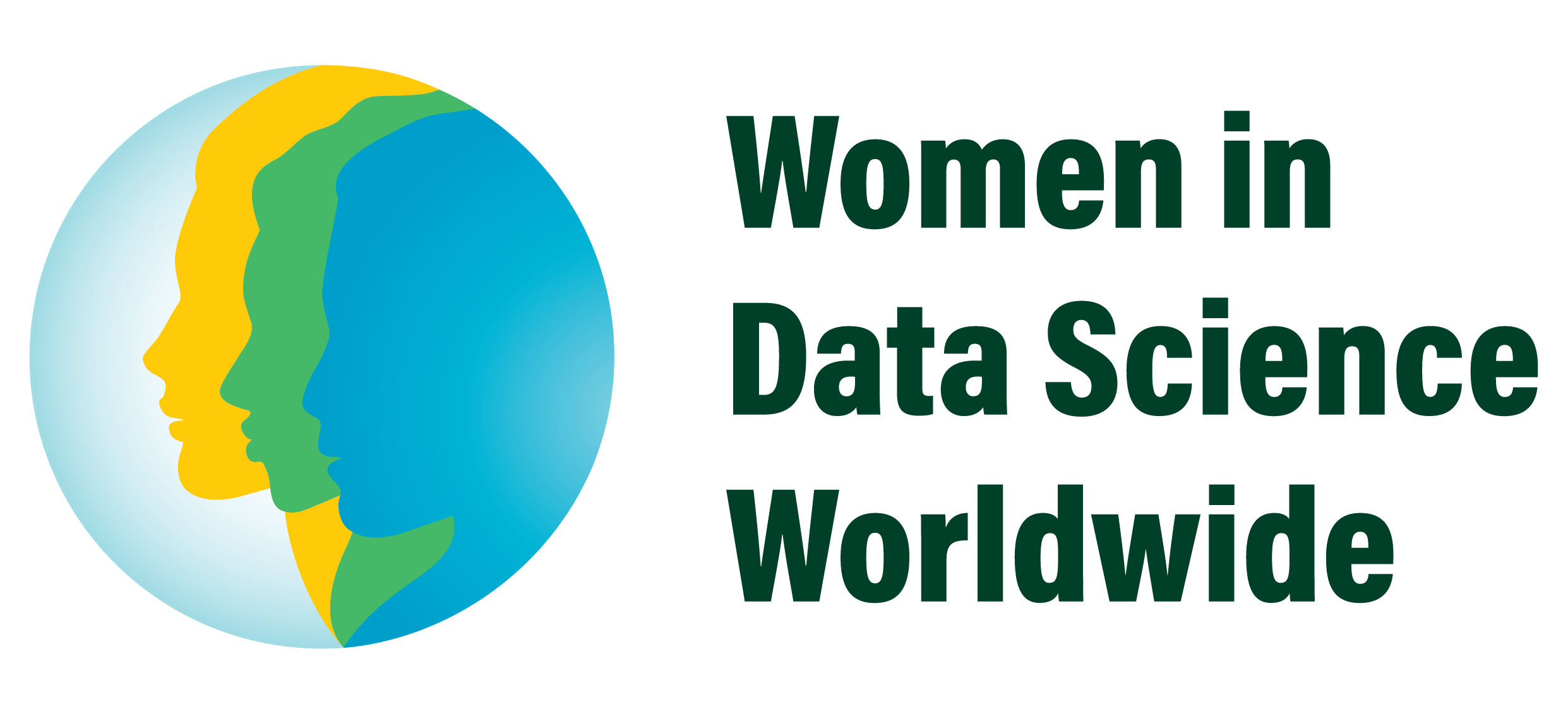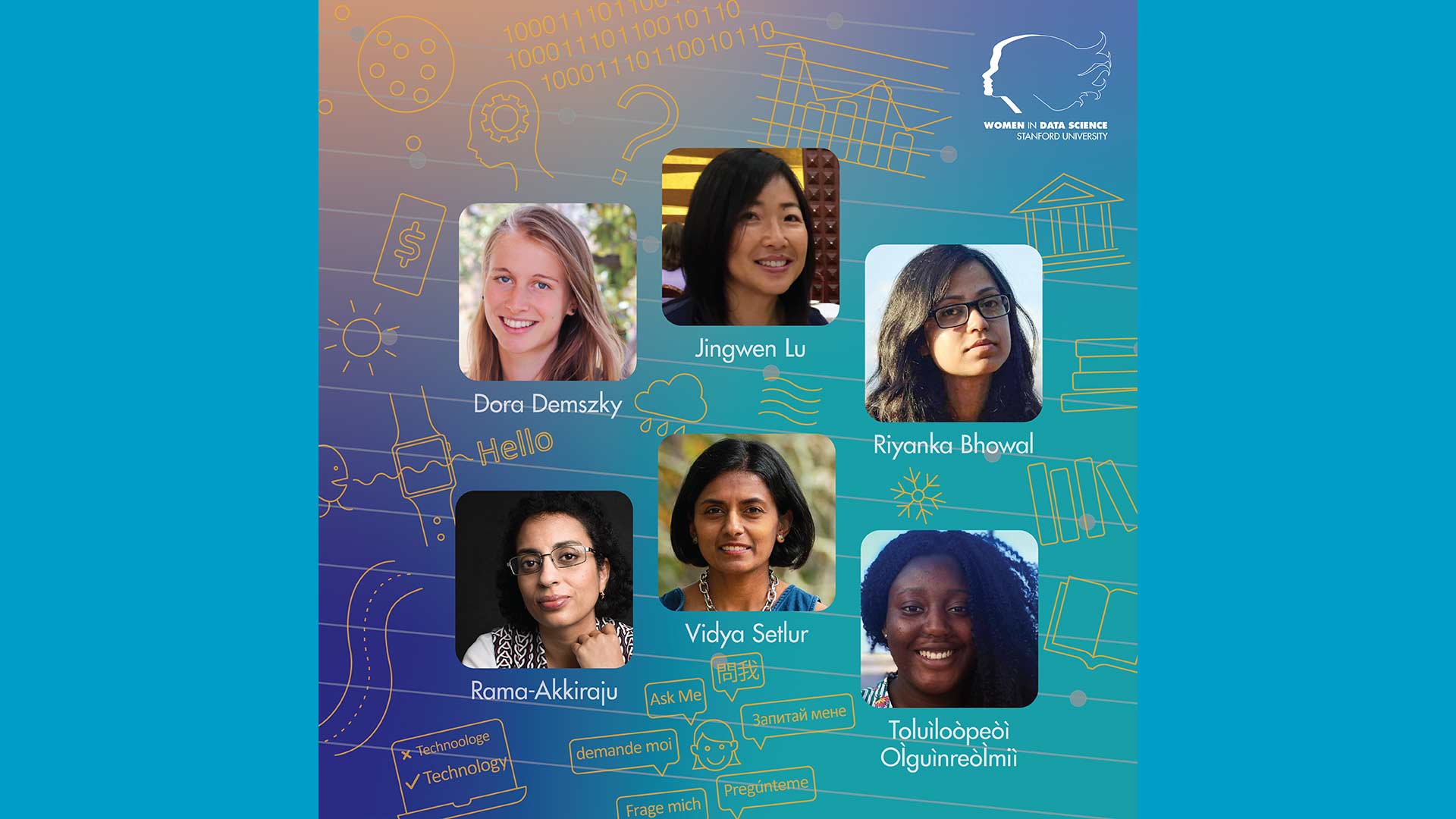Natural language processing helps people interact with computers to make sense and meaning of the world, and visual analysis helps people understand the meaning of data. Vidya Setlur, director of Tableau Research, answers the question: What makes intelligent visual analytics tools really intelligent? in her 2022 WiDS conference keynote, where she explains how we can use natural language to ask questions about the data, or even about the visualization or the dashboard itself. Rather than having to study a table full of numbers, a person could ask a question about a chart like where are the biggest COVID outbreaks. And just as tools need to understand what a user is asking, we also need to think about tools that can help a user even ask a question about the data in the first place.
In her Natural Language Processing workshop at the 2021 WiDS conference, Riyanka Bhowal, Senior Data Scientist at Walmart Global Tech, explains how natural language processing has direct real-world applications, from speech recognition to automatic text generation, from lexical semantics understanding to question answering. In just a decade, neural machine learning models have become widespread. Popular techniques include use of word-embeddings to capture semantic properties of words. In her workshop, she takes you through the ever-changing journey of neural models. The workshop addresses concepts of word-embedding, frequency-based and prediction-based embedding, positional embedding, multi-headed attention, and application of the same in unsupervised context.
Ever wonder how an automated customer support chat bot that you are speaking with or texting with can speak or understand your local language to resolve your problems? Rama Akkiraju, IBM Fellow and Director of AI Operations at IBM, answers this question a Technical Vision Talk Polyglot AI: The Role of Natural Language Processing (NLP) at the WiDS Conference in 2020. In her talk, she explains that AI models that power these applications have to speak the language of the user and the language of the business to be useful and relevant. She takes you behind the scenes to see the hard work that goes into building multilingual natural language processing systems that enable AI to speak multiple languages.
We all have the experience of misspelling or mistyping words as we compose documents, write emails, or conduct searches on search engines. Today we expect automatic spelling correction to detect and fix these errors. Spelling correction is a classic national language processing problem. Jingwen Lu, Principal Applied Science Manager at Microsoft, explains Spelling Correction for 100+ Languages in her 2021 WiDS workshop. This workshop takes a detailed tour of the various algorithms behind spelling correction models and how the latest advances in machine learning, especially deep learning, have helped us build cutting-edge web skills spell correction for more than 100 natural languages.
Another use for NLP is uncovering bias in educational materials. In her workshop Using Natural Language Processing to Analyze US History Textbooks, Dora Demszky, a Stanford PhD student, illustrates how NLP can be used to answer social science questions. The workshop focuses on applying NLP to analyze the content of 15 US history textbooks used in Texas, to analyze the representation of historically marginalized people and groups. The workshop is based on a paper that also has an associated toolkit and provides examples of how this toolkit can be used using a Jupyter notebook.
Picture
With NLP, Stanford PhD student, Tolúlọpẹ́ Ògúnrẹ̀mí, has combined her skills in Math and Computer Science with a love of spoken languages. Her current work focuses on low-resource languages, particularly sub-Saharan African languages such as her mother-tongue, Yorùbá, saying, “I hope to develop language technologies for those whose languages have been forgotten by modern technology and rethink the current machine learning architectures that are used for language to enable a larger proportion of the world’s languages to have natural language processing tools.”
Natural language processing is only going to become more expected and universal as the way that people interact with computers, devices, and data. And some day, using a keyboard to look up information may not be needed at all.


